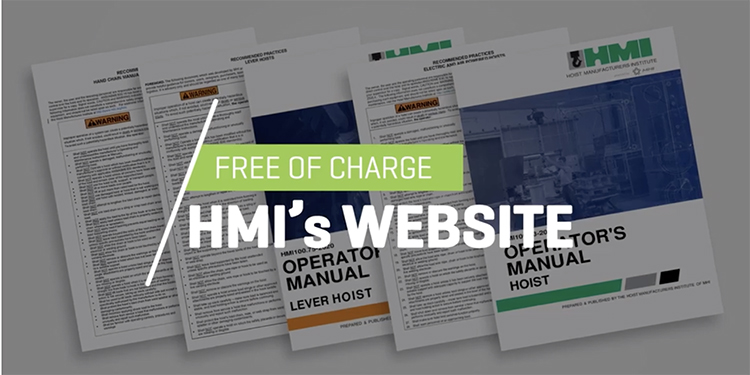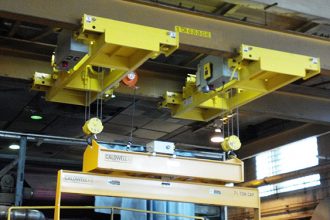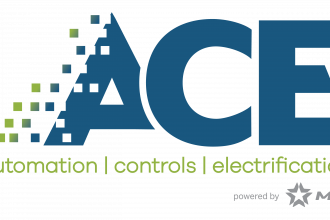New Video Highlights Guidelines For Safe Hoist Operation From HMI

As a key component of overhead lifting, hoists — including hand, lever and power operated styles — connect a load to an overhead crane or monorail system. It is therefore critical that they are operated and maintained in accordance with industry best practice guidelines, as well as with the manuals provided with the device by its manufacturer. This ensures the safety of workers using the overhead equipment or working in the vicinity of a load suspended above, as well as minimizes unscheduled downtime and extends the useful life of the equipment. These points, and others, are discussed in a recently released video, “Hoist Operation Guidelines,” produced by the members of the Hoist Manufacturers Institute (HMI).
Highlighted in the 3-minute, 30-second video are a series of published guidelines from HMI that detail correct usage and maintenance procedures for this equipment. Offered to owners and operators free of charge, the documents are available as downloads on the Technical Papers and Articles page of HMI’s website. The information contained in the publications is applicable to a wide range of hoists from a variety of manufacturers, regardless of their brand. Each includes information that supports regular, routine, and ongoing training of hoist operators and maintenance personnel in the inspection, operation and repair of this equipment.
The video recommends The Hoist Operator’s Manual (HMI100.23) as an essential publication for users of hoists. The document describes the different types of hoists, as well as the responsibilities and duties of hoist operators. It also explains the motions of hoists and trolleys, and the operation of manual, electric, and air powered hoists. The document further details the need for routine hoist inspection, maintenance and repair to prevent problems that may lead to equipment failures and possible worker injuries. Further, the video notes the availability of an Operator’s Manual specific to Lever Hoists (HMI100.75).
Additionally, the video details HMI’s series of Recommended Practices which cover the “shalls and shall nots” of hoist operation. Offered in English, French, and Spanish, these reference guides are separated into two sections: warnings (incorrect practices that could result in serious injury or death), and cautions (operating mistakes that could result in a minor or moderate injury). Separate documents cover electric and air powered hoists, hand chain manually operated chain hoists, and lever hoists.
Finally, the video emphasizes the importance of proper and ongoing training of hoist operators and maintenance personnel, noting that such educational sessions are offered by many HMI members and their distributors. Training is recommended whenever a new hoist is acquired, or an existing hoist is updated. Continued education should be conducted at least once a year, as well as whenever a new operator is hired, or when the hoist’s manufacturer publishes revised instruction, operation or maintenance manuals.
Seeking additional information on the safe use and proper care of hoist systems? The members of the Hoist Manufacturers Institute (HMI) offer a variety of resources — including a comprehensive library of product guides; a hoist certification program; OSHA Alliance safety tip sheets, fact sheets and quick cards — via its website at www.MHI.org/hmi.



